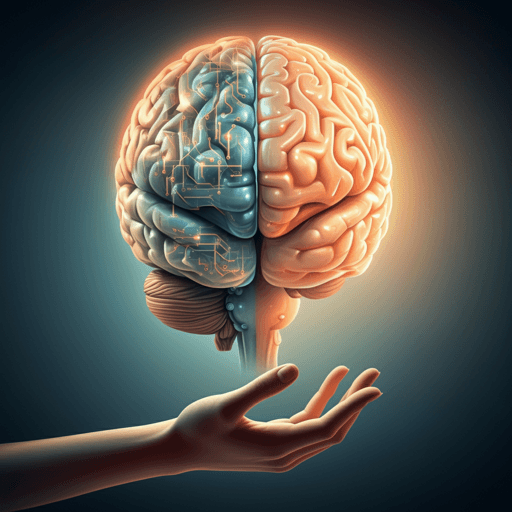
Medicine and Health
360° immersive virtual reality-based mirror therapy for upper extremity function and satisfaction among stroke patients: a randomized controlled trial
S. Jo, H. Jang, et al.
Immersive 360° virtual reality-based mirror therapy (360MT) produced significantly greater improvements in upper-extremity function and higher patient satisfaction compared to traditional mirror therapy and conventional physical therapy in a randomized controlled trial. The research was conducted by Sungbae Jo, Hoon Jang, Hyunjin Kim, and Changho Song.
~3 min • Beginner • English
Related Publications
Explore these studies to deepen your understanding of the subject.







